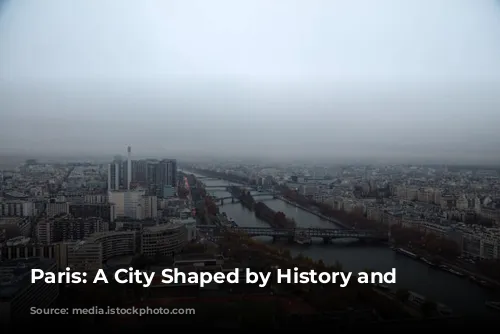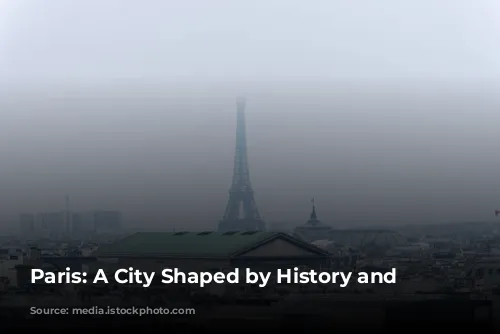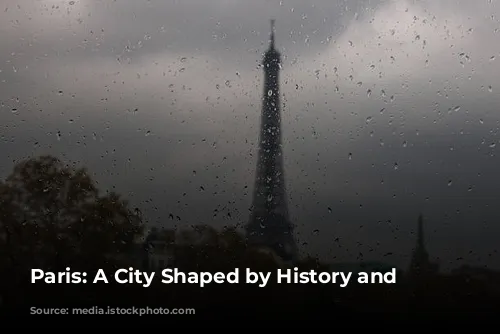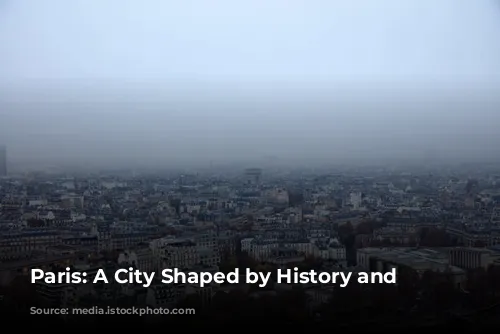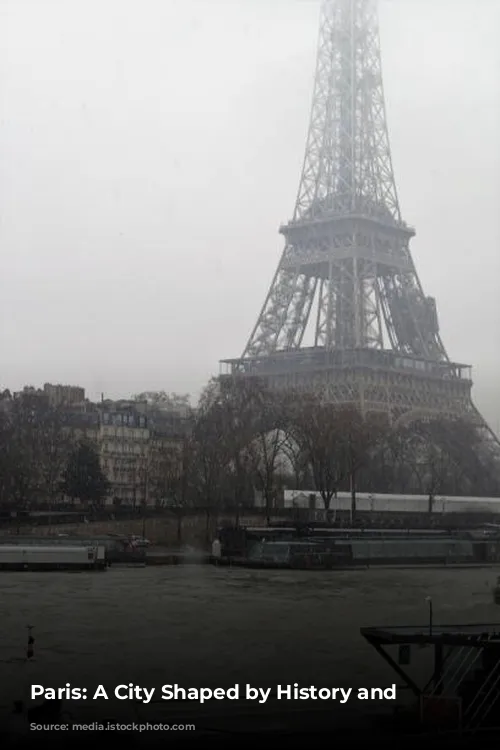Paris, the City of Lights, boasts a temperate climate thanks to its location on the western edge of Europe and its proximity to the Gulf Stream. While the weather can be unpredictable during winter and spring, with sharp winds, the city enjoys pleasant temperatures year-round. The average temperature hovers around 12°C (54°F), with July averaging 19°C (66°F) and January reaching 3°C (37°F). The city experiences freezing temperatures for about a month each year, with snowfall occurring on roughly half of those days. Paris has implemented measures to reduce air pollution and provide clean drinking water for its residents.
This paragraph explains the climate of Paris and how the city has taken steps to improve its environment. It uses specific numbers and details to make the information more engaging for readers.
From Ancient Walls to Modern Boulevards: A Journey Through Parisian History
Paris, like many great cities, has grown and evolved over centuries, leaving behind traces of its past in the form of walls, bridges, and monuments. In the 3rd century CE, following a barbarian attack, the Île de la Cité was fortified with a wall constructed from stones salvaged from the Roman town on the Left Bank. This defensive barrier, rebuilt several times throughout history, serves as a reminder of the city’s early struggles for survival.
This paragraph focuses on the early history of Paris, specifically the role of walls in protecting the city. It paints a vivid picture of the city’s vulnerability and its resilience in the face of adversity.
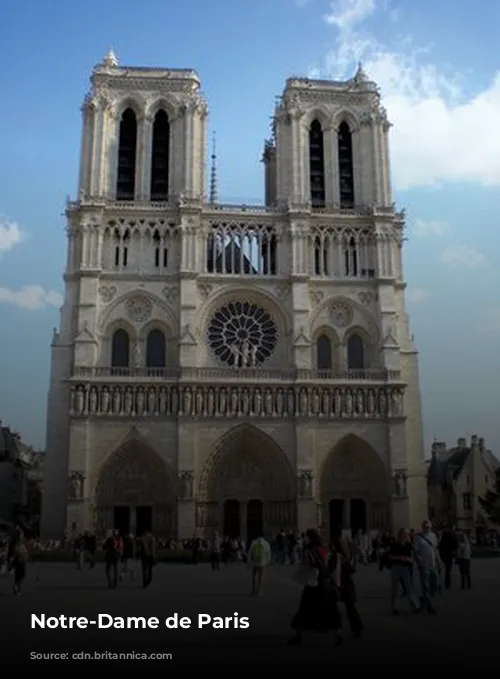
The Evolution of Paris: From Fortifications to Modern Spaces
Over the centuries, Paris has continued to expand and adapt, its walls evolving from simple defenses to grand urban spaces. In the 12th and 13th centuries, King Philip II erected a new wall to enclose the growing city, providing security for residents on both sides of the Seine. The Bastille, a massive fortress, was constructed to guard the city’s eastern approaches, while the Louvre, a formidable stronghold, protected the west.
This paragraph continues the historical narrative, highlighting the development of Paris during the medieval period. It emphasizes the importance of the walls in defining the city’s boundaries and ensuring its safety.
The Legacy of Walls: Transforming Parisian Landscape
In the 17th century, Louis XIV transformed the Charles V walls into the Grands Boulevards, a series of tree-lined avenues. These grand boulevards, inspired by the arches of the Seine, still stretch across the city, serving as a testament to the king’s vision. This transformation marked a shift from defensive structures to public spaces, paving the way for the modern cityscape we know today.
This paragraph focuses on a specific example of the transformation of Parisian walls, highlighting the change in their purpose from defense to urban development. It emphasizes the lasting impact of this project on the city’s landscape.
The Walls Come Down: A New Paris Emerges
In the 19th century, Baron Haussmann, a visionary city planner, led a dramatic renovation of Paris, bringing down the farmers-general walls and replacing them with wide boulevards. This project opened up the city, improving circulation and connecting different neighborhoods. The Industrial Revolution and the growth of railways contributed to the rapid expansion of Paris, further transforming its urban fabric.
This paragraph explores the 19th-century transformation of Paris, focusing on the impact of Haussmann’s work and the role of industrialization in shaping the city’s growth. It describes the city’s modernization and the emergence of a new urban landscape.
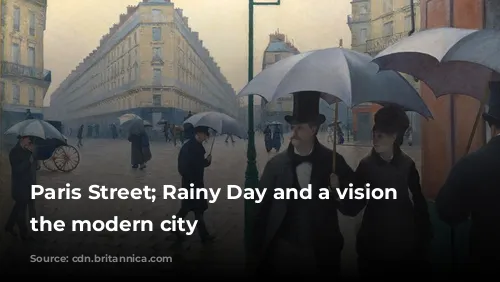
Paris: A Legacy of Beauty and History
Today, Paris is a vibrant metropolis, a captivating fusion of history and modernity. The city’s boulevards, monuments, gardens, and bridges create an unforgettable urban tapestry. Central Paris has been designated a UNESCO World Heritage site, reflecting its unparalleled cultural and historical significance.
This paragraph concludes the article with a powerful image of Paris as a world-renowned city, a unique blend of past and present. It highlights the city’s enduring beauty and its place on the world stage.
The Heart of Paris: Île de la Cité
Île de la Cité, the heart of Paris, is a small, ship-shaped island nestled in the Seine. This historic district boasts eight bridges connecting it to the riverbanks, with a ninth bridge leading to the smaller Île Saint-Louis. The Pont Neuf, the oldest of Paris’s bridges, built between 1578 and 1604, has become a symbol of Parisian strength. Its sturdiness is legendary, with locals still saying “solid as the Pont Neuf.”
This paragraph focuses on the historical and geographical significance of Île de la Cité, highlighting the Pont Neuf as a symbol of Parisian resilience and strength. It uses vivid imagery to create a sense of place.
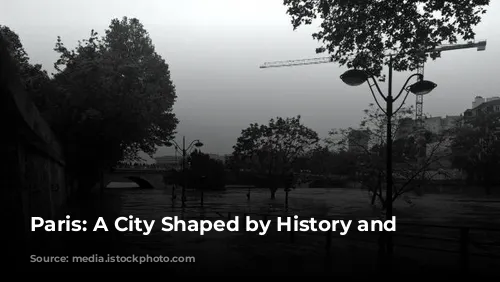
A Journey Through Time: The Palace of Justice and the Conciergerie
Île de la Cité is also home to the Palace of Justice, a majestic complex built on the site of the early Roman governor’s palace. The original structure was rebuilt in the 13th century by King Louis IX, with further additions by Philip IV in the 14th century. This majestic building includes the Conciergerie, a grim reminder of the French Revolution, which served as a prison and a place of execution.
This paragraph explores the rich history of the Palace of Justice and the Conciergerie, highlighting their connection to the city’s medieval past and the French Revolution. It evokes a sense of awe and historical significance.
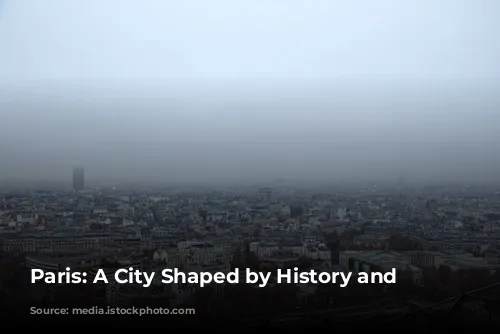
A Sanctuary of Light: The Sainte-Chapelle
Sainte-Chapelle, a masterpiece of Gothic Rayonnant style, is a stunning monument built in the 13th century by King Louis IX. This exquisite chapel was designed to house the Crown of Thorns, believed to have been worn by Jesus at his crucifixion. The chapel’s interior is bathed in a radiant glow from its stained-glass windows, making it one of the most beautiful and inspiring places in Paris.
This paragraph focuses on the architectural splendor of the Sainte-Chapelle, highlighting its purpose as a repository for religious relics and its exquisite beauty. It uses evocative language to describe the chapel’s interior, emphasizing the interplay of light and color.
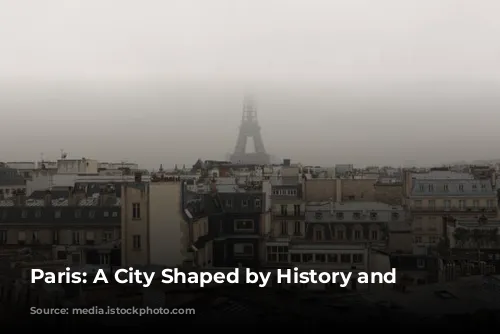
Paris: A City in Transformation
From its medieval walls to its grand boulevards, Paris has undergone a remarkable transformation, continuously evolving while preserving its rich history. The city’s commitment to innovation and its dedication to preserving its cultural heritage have created a unique and unforgettable urban experience.
This paragraph concludes the section on the history and development of Paris, emphasizing the city’s ability to adapt while preserving its core identity. It reinforces the notion of Paris as a city in constant transformation, yet deeply rooted in its past.
